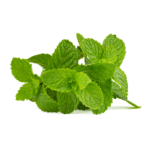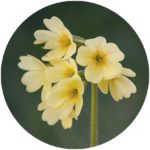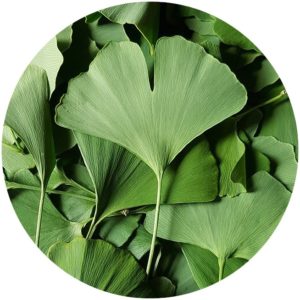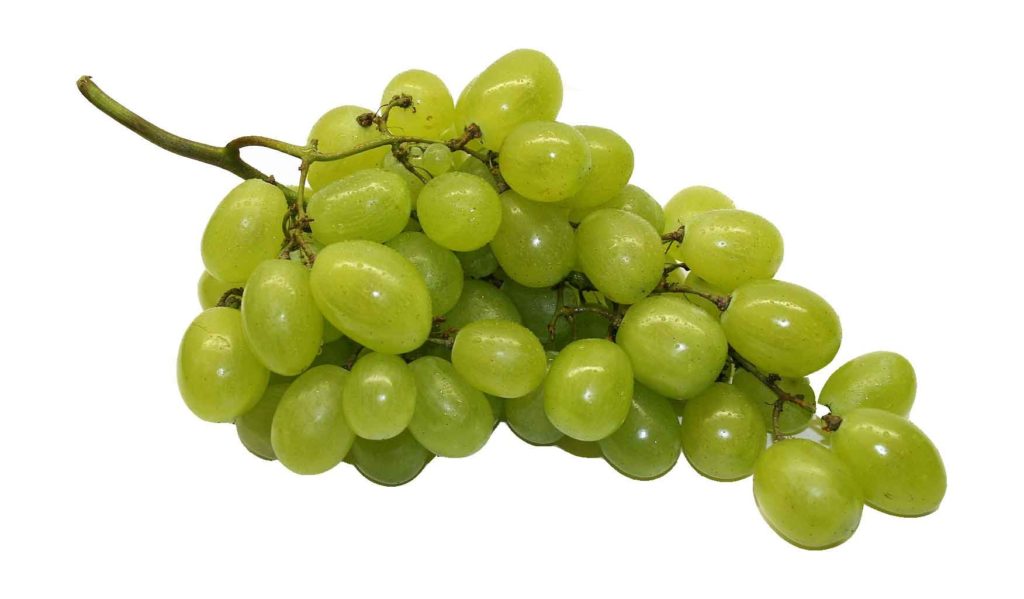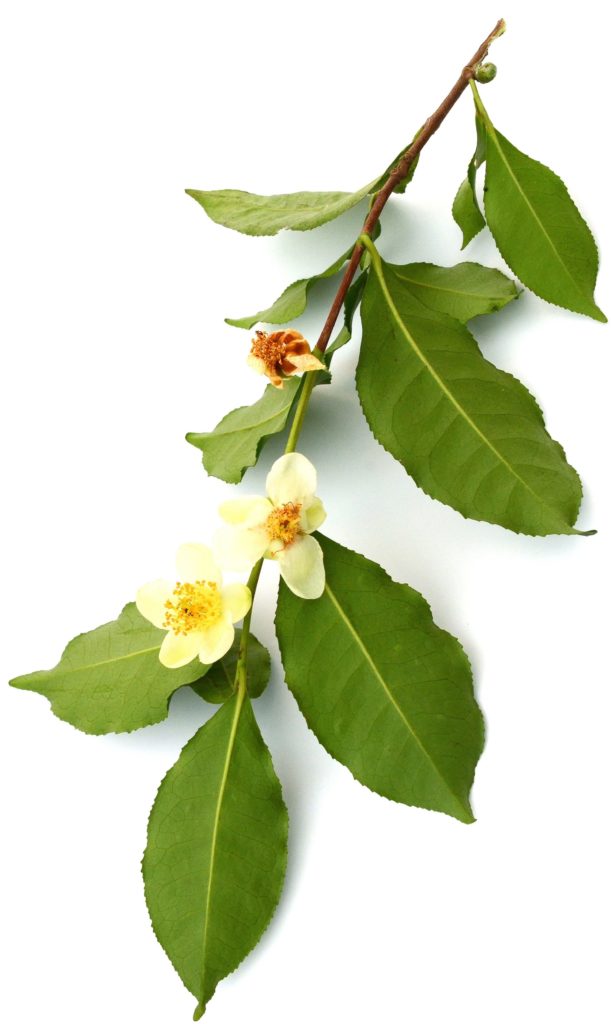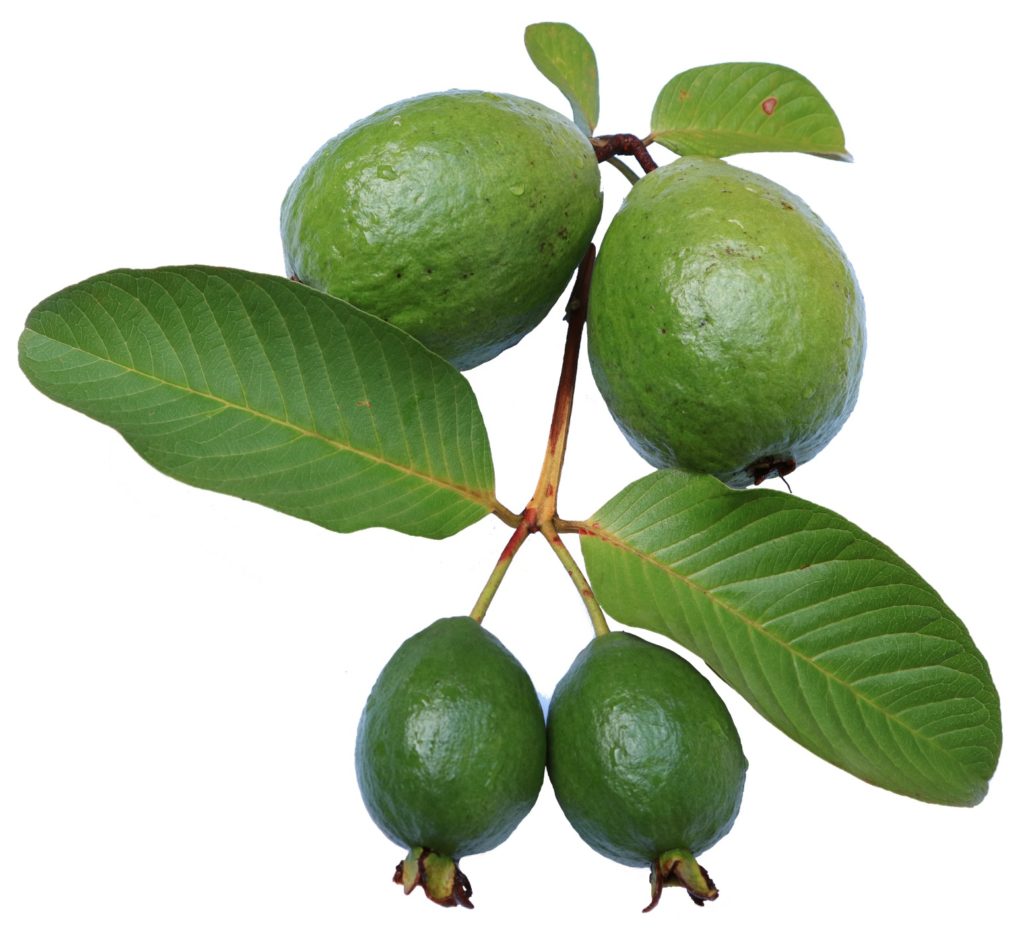Definition Guide for skin and hair care terms. A to Z Glossary of hair & skin ingredients with meaningful results. Updated regularly.
A | B | C | D | E | F | G | H | I | J | K | L | M
N | O | P | Q | R | S | T | U | V |W| X | Y | Z
G
- Gallic acid
- Gallic acid is a powerful phenolic compound found in amla. Studies show it repairs hair damaged from hair dye or environmental damage.[1]
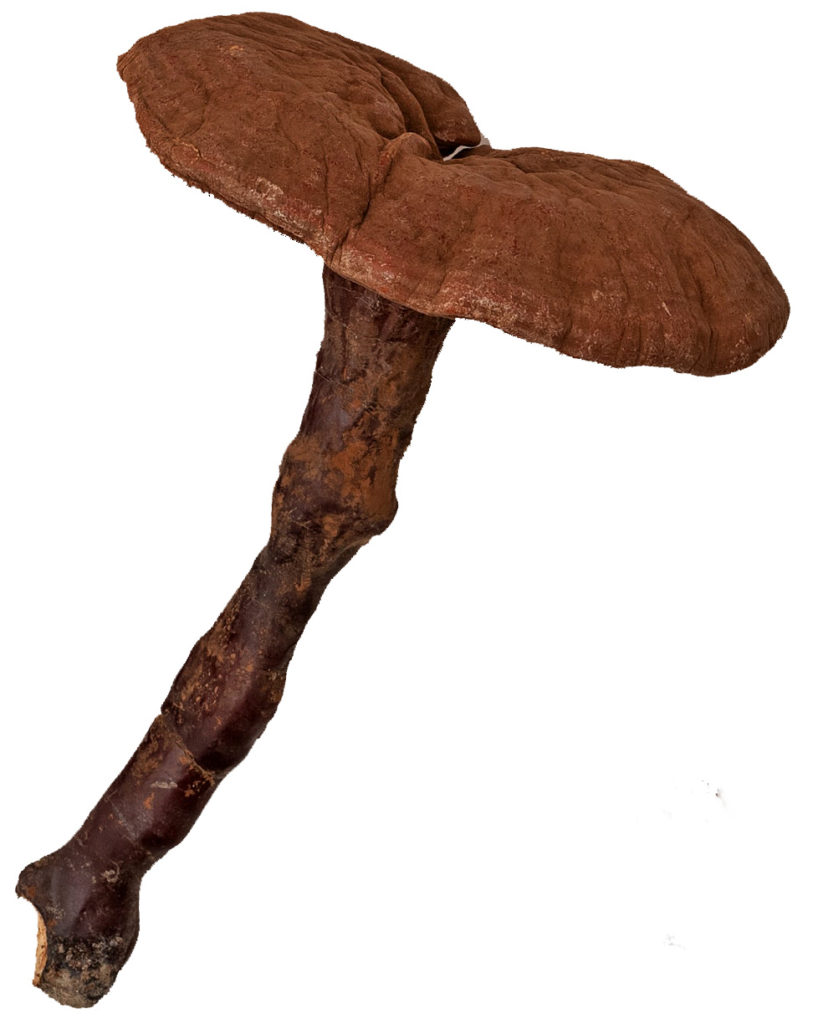
Reishi mushroom AKA Ganoderma Lucidum
- Gamma Oryzanol
- Gamma Oryzanol is a Ferulic Acid ester found in Oryza Sativa, is an anti-aging antioxidant that protects the skin from free radical damage.[2]
- Ganoderma Lucidum
- Ganoderma Lucidum is also called Reishi Extract. It comes from a mushroom with polysaccharides. These are responsible for the skin’s natural ability to hydrate and retain water. Ganoderma Lucidum promotes cell regeneration while reducing skin inflammation, puffiness, and wrinkles. It is known as the mushroom of immorality because of its’ anti-aging properties, beauty, skin, hair and overall health benefits. See Reishi Extract.
- Genstein
- A phytoestrogen in soybeans. It is used in skin care as a skin-brightening antioxidant. Studies show it can stimulate collagen I and collagen II production in older, postmenopausal women.[3]
- Geranium Extract
- Geranium Extract makes skin glow and heals inflammatory skin conditions and topical ingredient induced irritation.[4] It also contains a fatty acid profile that promotes healthy skin cells and reduce wrinkles [5].
Gigawhite
Gigawhite is a combination of natural herbs and flowering plants that promote skin brightening.
Specifically:
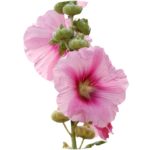
Mallow
MALLOW MALVA SYLVESTRIS (MALLOW) EXTRACT
Mallow is a natural floral extract. It contains Vitamins A, C, and E. It nourishes dry and damaged skin, restoring elasticity. Mallow softens while being gentle enough for the most sensitive of skin.
PIPERITA LEAF EXTRACT
Piperita Leaf Extract is a variety of Peppermint. It has both cooling and anesthetic properties to quell skin irritation.
It also soothes rough & dry skin.
PRIMULA VERIS EXTRACT
Primula Veris Extract is an herb commonly known as cowslip. It has cell-regenerating effects that help skin recover from topical actives.
It contains C and beta carotene to even out skin tone and reduce acne scars.
ALCHEMILLA VULGARIS EXTRACT
Alchemilla Vulgaris Extract comes from the Ladys mantle flower/herb. It is rich in tannins, flavonoids, and salicylic acid. Salicylic build collagen and treats acne.
VERONICA OFFICINALIS EXTRACT
Veronica Officinalis Extract comes from a wildflower. It contains Vitamins C, E, and K to condition and heal the skin.
MELISSA OFFICINALIS LEAF EXTRACT
Melissa Officinalis Leaf Extract is lemon balm leaf. It contains caffeine & ferulic acid. It counteracts sun damage.
ACHILLEA MILLEFOLIUM EXTRACT
Achillea Millefolium Extract is Yarrow. Yarrow is used in ancient and folk medicine practices. It reduces inflammation while promoting healing and circulation.
Ginkgo Biloba-
A natural ingredient from the maidenhair tree. Ginkgo Biloba increases blood flow to the scalp and can accelerate hair growth rates. Better blood flow means more nutrients are available for the hair production process.
- Glabridin
- A natural chemical found in the licorice root. Glabridin is a skin-brightening antioxidant that inhibits excess pigment production. It is a natural alternative to harsh bleaching agents to lighten scars, sun damage and even cystic acne brown marks. Pairs well with Niacinamide. See Licorice Root Extract.
- Glucomannan
- Glucomannan is a natural substance in Konjac Root. It is a moisturizer similar to the natural hyaluronic found in young skin. It makes skin look and act younger. It penetrates the upper layer of the epidermis and hydrates the surface.
- Glutarmine
- Glutarmine is an amino acid needed to grow fibroblast cells. Fibroblast cells significantly increase collagen production. Also an anti-oxidant. Glutarmine is abundant in the skin but is valuable in a formulation because it makes skin feel and look healthy and vibrant. [6]
- Glycerin
- Glycerin is a natural humectant for both skin and hair. It helps hair to retain moisture. This is particularly important for thirsty coarse and curly hair. These hair types have a wider diameter, which means more surface to lose moisture and feel dry. Glycerin must be diluted as a direct application will dry the hair, making it brittle and even cause breakage.
- Glyceryl Caprylate
- Glyceryl Caprylate is a 100% plant derivative of glycerin and caprylic acid. It has emollient and moisturizing properties. It is a co-emulsifier that helps water and oil based ingredients to work together.
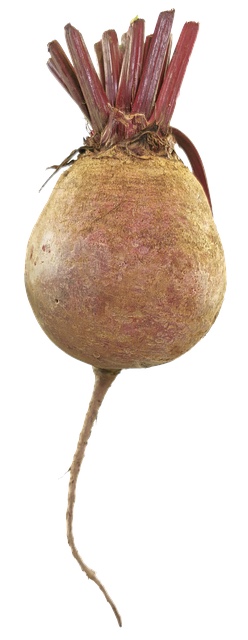
Glycine Betaine AKA Beet Sugar offers skin enhancing hydration
- Glycine Betaine
- Glycine Betaine is Beet Sugar Extract, a food trade moisturizer. It restores hydration and imparts a youthful luster to the skin. It also serves as a light deflector, making recessed areas, such as the undereye area, seem less sunken and appear brighter.
Glycolic Acid- (AHA) Glycolic Acid (AHA) exfoliates by loosening the “glue” that adheres dry, dead skin to healthy skin, and then dissolves away the dead skin. It is a superior form of exfoliation for mature skin because there is no rubbing or pulling the skin. There is also little to no peeling or sloughing sections, and limited redness or irritation after use. Skin is brighter, younger, softer, with few lines and wrinkles, and it glows like younger skin. In-office micro-needling with Glycolic Acid greatly reduces acne scars. [7] Glycolic Acid also promotes collagen production. Several at-home Glycolic Peel products are available. Read more about Glycolic Acid here.
- Goji Berry
- Goji berry (Lycium Barbarum Fruit Extract) is an antioxidant that softens the skin. It is considered a superfruit and has long been used in traditional medicine practice. Goji berries are rich in vitamin C to synthesize collagen.[8] Goji Berries contain 19 amino acids, the building blocks of keratin.
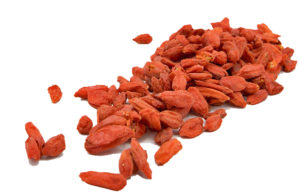
Goji berries
Goji berries contain trace minerals including zinc and copper. Copper aids hair growth and follicle health. The topical application of copper increases the size of shrunken hair follicles. It stops hair thinning and often reduces premature graying. [9, 10] Goji berries contain vitamins B1, B2, B6, and vitamin E, plus beta-sisterol, an anti-inflammatory agent. The Linoleic Acid in goji berries is an Omega-6 makes hair feel hydrated, lush and stronger. [11]
-
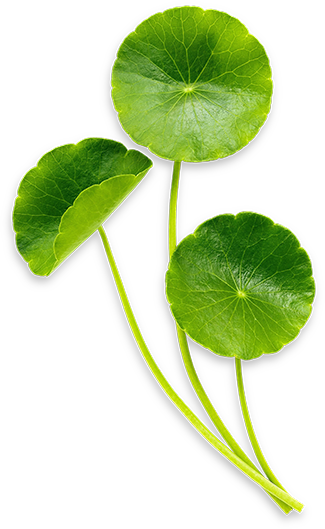
Gota Kola improves skin elasticity for firmer skin
Gotu Kola
- Gotu Kola is especially good at improving elasticity and reduce sagging. It boosts antioxidant activity, strengthening the skin and increases blood circulation.
- Grape Seed Extract
- Grape Seed Extract prevents breakouts and calms existing breakouts. Contains very high antioxidant levels to protect the skin against UV damage.
- Grapeseed Oil
- Grapeseed Oil is highly beneficial for both skin and hair. For hair, it is an outstanding moisturizer for brittle and dry hair. It soothes dry scalp skin. Regular Grapeseed oil scalp massages remove follicle-shrinking DHT. DHT is a hormone that accumulates on the scalp and can cause hair loss. Grapeseed Oil is nourishing to the skin and contains building blocks for collagen production. High in Polyphenols, Vitamins C, D, E and Omega 6, it treats dry skin, wrinkles, discoloration, and aging. Choosing an organic product is especially important when selecting a grapeseed oil.
-
Green Tea
- Green Tea is used topically and ingested. Green Tea feeds and moisturizes the skin, calms irritation and is an excellent antioxidant. Topical Green Tea application can calm the irritation that aggressive topicals such as Retinol cause. Drinking green tea has anti-aging benefits from polyphenols. It can reduce sun damage, decrease collagen breakdown and increase cell regeneration. Green tea contains polyphenols that soothe skin while providing antioxidants. Polyphenols may improve sun-damaged skin. [12] High in Epigallocatechin gallate (EGCG), green tea is a major player in skin health and appearance. EGCG is the potent antioxidant from green tea. It protects against environmental damage and neutralizes free radicals that prematurely age skin. Research shows EGCG reactivates dying skin cells. This shows promise for repairing sun damage and scar healing. [13] Topical application of Green Tea reduces hair fall. Dermato-trichologists use green tea as an excellent scalp massage as it nourishes the scalp, soothes inflammation and dandruff. The Polyphenols in green tea are good for hair roots and follicles, promoting hair regrowth. [14]
- Gua Sha
- Gua Sha is an ancient alternative remedy practice. Gua Sha stimulates skin renewal with lymphatic drainage and increased blood flow. Improved blood flow assists in collagen production. Gua Sha facial tools are designed to improve circulation by gently scraping the skin. This non-invasive treatment can reduce puffiness and inflammation. Gua Sha tools are often made of gemstones like Brazilian Jade and Rose Quartz.
- Guaiazulene
- Guaiazulene is an oil that comes from chamomile. It is named for the Spanish word for blue due to its’ natural deep blue-violet pigment. Guaiazulene is used as a natural colorant, to add a blue hue. Like chamomile, it holds skin-soothing properties including being an anti-inflammatory, antibacterial, and anti-fungal agent.
- Guava Seed Oil
-
Unrefined Psidium guajava is also known as guava seed oil. It is harvested from India.
Guava seed oil is a non-comedogenic oil that is high in Lycopene to fight free radicals. It is also high in linoleic acid, a form of omega-6. This fatty acid gives skin a lovely glow.
Guava seed oil is a mild astringent to treat acne. High in copper, it promotes collagen production and skin elasticity. It is especially effective at targeting wrinkles. While it contains Vitamins A and C, it is gentle enough for sensitive skin.
References
- Nishida, Yuichi & Ito, Taketoshi & Hosokawa, Minoru & Aono, Megumi & Yokomaku, Atsushi & Konta, Hiroshi & Iimura, Ken-Ichi & Kato, Teiji & Sugiyama, Keikichi. (2004). Repairing Effects of Diglucosyl Gallic Acid on Coloring-Damaged Hair. Journal of Oleo Science. 53. 295-304. 10.5650/jos.53.295.
- M Patel and S N Naik*, Gamma-oryzanol from rice bran oil” A review. Journal of Scientific & Industrial Research Vol. 63, July 2004, pp 569-578
- Silva LA, Ferraz Carbonel AA, de Moraes ARB, et al. Collagen concentration on the facial skin of postmenopausal women after topical treatment with estradiol and genistein: a randomized double-blind controlled trial. Gynecol Endocrinol. 2017;33(11):845-848. doi:10.1080/09513590.2017.1320708
- Boukhatem, Mohamed Nadjib et al. “Rose geranium essential oil as a source of new and safe anti-inflammatory drugs.” The Libyan journal of medicine vol. 8 22520. 7 Oct. 2013, doi:10.3402/ljm.v8i0.22520
- Radulovi‡, Niko & Dekic, Milan & Stojanović-Radić, Zorica & Palic, Radosav. (2011). Chemical composition and antimicrobial activity of the essential oils of Geranium columbinum L. and G. lucidum L. (Geraniaceae). Turkish Journal of Chemistry. 35. 499-512. 10.3906/kim-1002-43.
- Comparative Biochemistry and Physiology, August 2001, pages 24-30
- J Cosmet Dermatol.2017 Dec;16(4):454-459. doi: 10.1111/jocd.12377. Epub 2017 Oct 26.
Efficacy of microneedling with 70% glycolic acid peel vs microneedling alone in treatment of atrophic acne scars- A randomized controlled trial. - Andrei Mocan, et al. œUHPLC-QTOF-MS analysis of bioactive constituents from two Romanian Goji (Lycium barbarum L.) berries cultivars and their antioxidant, enzyme inhibitory, and real-time cytotoxicological evaluation, Food and Chemical Toxicology, Volume 115, 2018,
Pages 414-424, ISSN 0278-6915, https://doi.org/10.1016/j.fct.2018.01.054. - Applied Biochemistry and Microbiology, July 2001, pages 392–399
- Bernice Cheung, Macy Kwan, Ruth Chan, Mandy Sea, Jean Woo, Chapter 47 “ Potential of Asian Natural Products for Health in Aging, Molecular Basis of Nutrition and Aging, Academic Press, 2016, Pages 659-676
- Alessandra Cristina Pedro, Mara-Cortes Sinchez-Mata, MarÃa Luisa Pérez-Rodrguez, Montaña Cámara, Josà Luis López-Colón, Fabiane Bach, Marcelo Bellettini, Charles Windson Isidoro Haminiuk, Qualitative and nutritional comparison of goji berry fruits produced in organic and conventional systems, Scientia Horticulturae, Volume 257, 2019, 108660, ISSN 0304-4238, https://doi.org/10.1016/j.scienta.2019.108660.
- International Journal of Cosmetic Science, February 2015, pages 456-463
- Journal of Pharmacol Exp Ther 2003 306: 29-34
- Yesudian, Patrick. Can beverages grow hair on bald heads? International journal of trichology vol. 4,1 (2012): 1-2. doi:10.4103/0974-7753.9607
